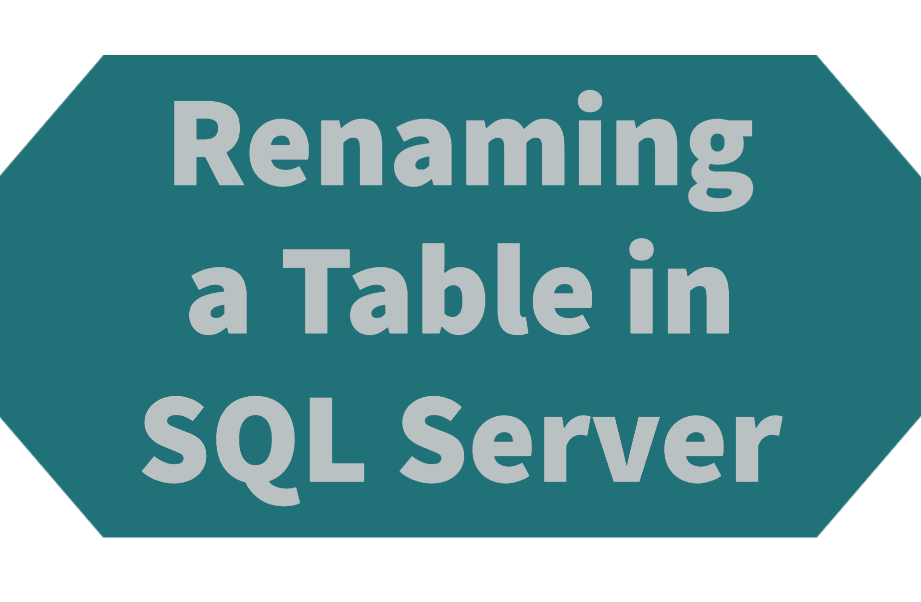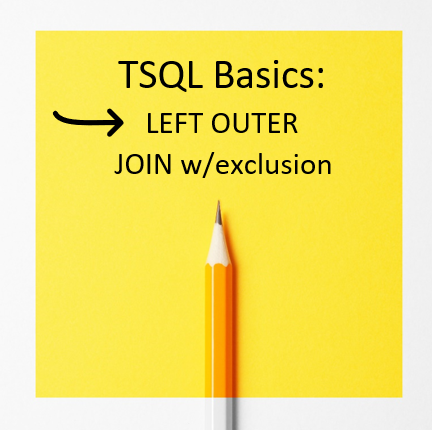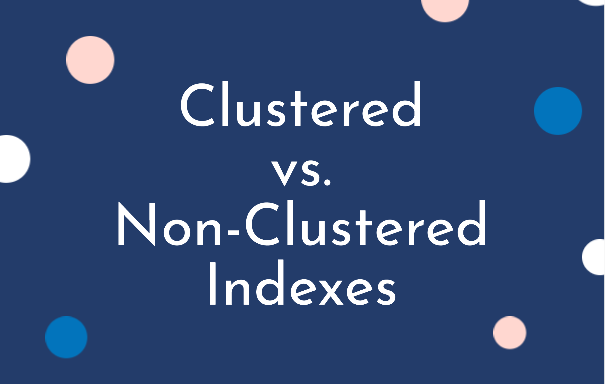SQL Performance – Finding total elapsed time
One of the key tasks of a database administrator is to ensure that the SQL Server database is running efficiently and effectively. One way to do this is by using performance tuning techniques, which can help identify and resolve any performance bottlenecks or issues in the database. One performance tuning tip for SQL Server is to use the sys.dm_exec_query_stats dynamic …









